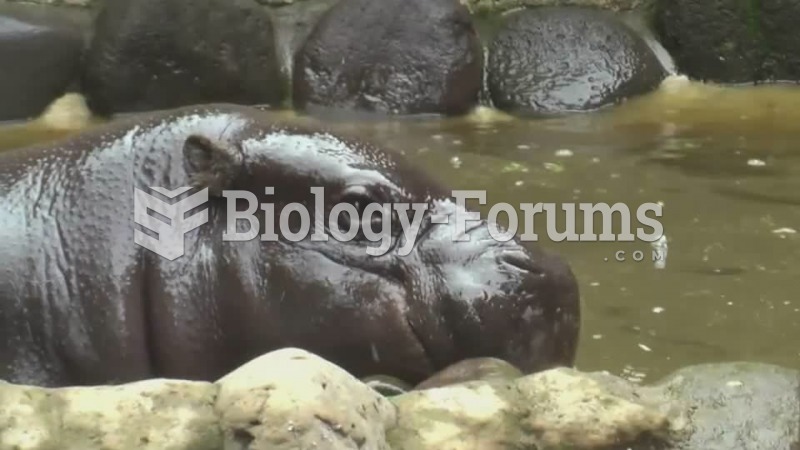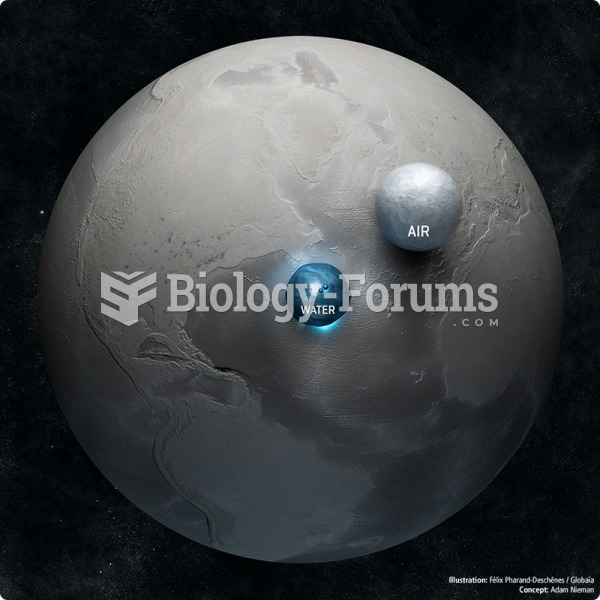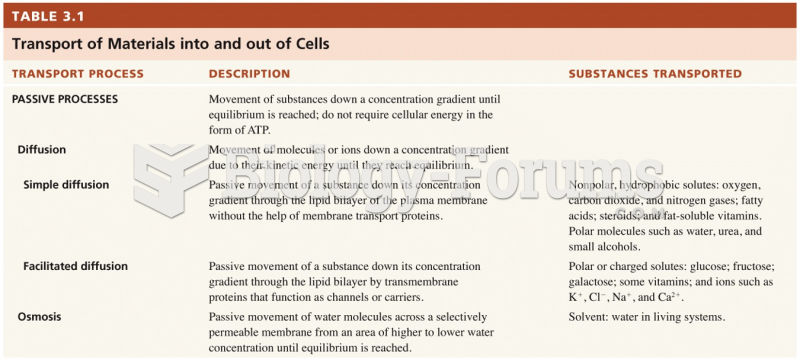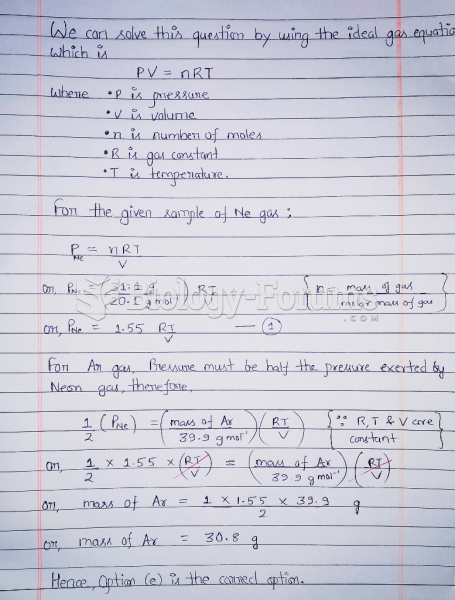Answer to Question 1ANS:Answer
should include:
There are five types of water masses in tropical and temperate waters. They are named
for their relative position in the water column. There are surface waters, central waters,
intermediate waters, deep waters and bottom water.
The most distinctive water mass is the Antarctic Bottom Water. It has a salinity of
34.65 , a temperature of -0.5 Celsius, and a density of 1.0279 grams per cubic
centimeter. This extremely dense water is mostly produced along the coasts of
Antarctica, specifically near South America in winter. It migrates north along the bottom
of the seafloor.
It is created when salt pockets become trapped between crystals of pure water. As the
water freezes, the salt is squeezed out. This creates extremely cold brine. The high
density causes it to sink towards the continental shelf. It then mixes with the Antarctic
Circumpolar Current.
The Antarctic Bottom Water circulates throughout the world ocean very slowly
Answer to Question 2ANS:Answer
should include:
Water moves at a 45 angle from the wind direction. It moves to the right in the
Northern Hemisphere and left in the Southern Hemisphere. With each deep layer of
water, the angle of movement continues in relation to the floe in the layer above it. Each
layer, however, moves slower than the layer above it. This is the Ekman spiral.
The deflection of the current movements is due to the Coriolis Effect. It shifts the
direction of the topmost layer. The other layers then move in response to that initial
layer.
At a certain depth in the Ekman spiral the water flows in the opposite direction of the
surface current. This is called the friction depth.
The net movement of water directions in the Ekman spiral is called the Ekman transport.
This should travel approximately 90 angle of the wind direction, but it barely reaches a
45 deflection angle. This is the result of interactions between the Coriolis Effect and the
pressure gradient.







